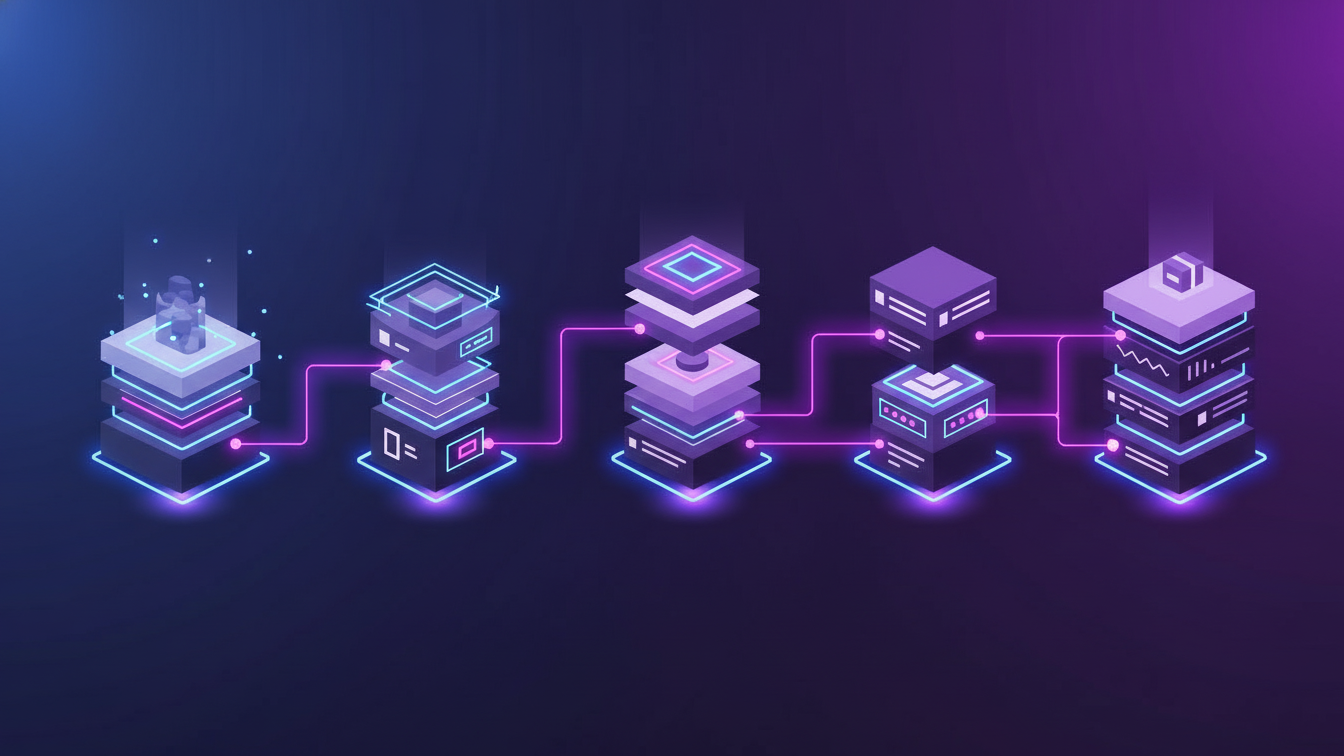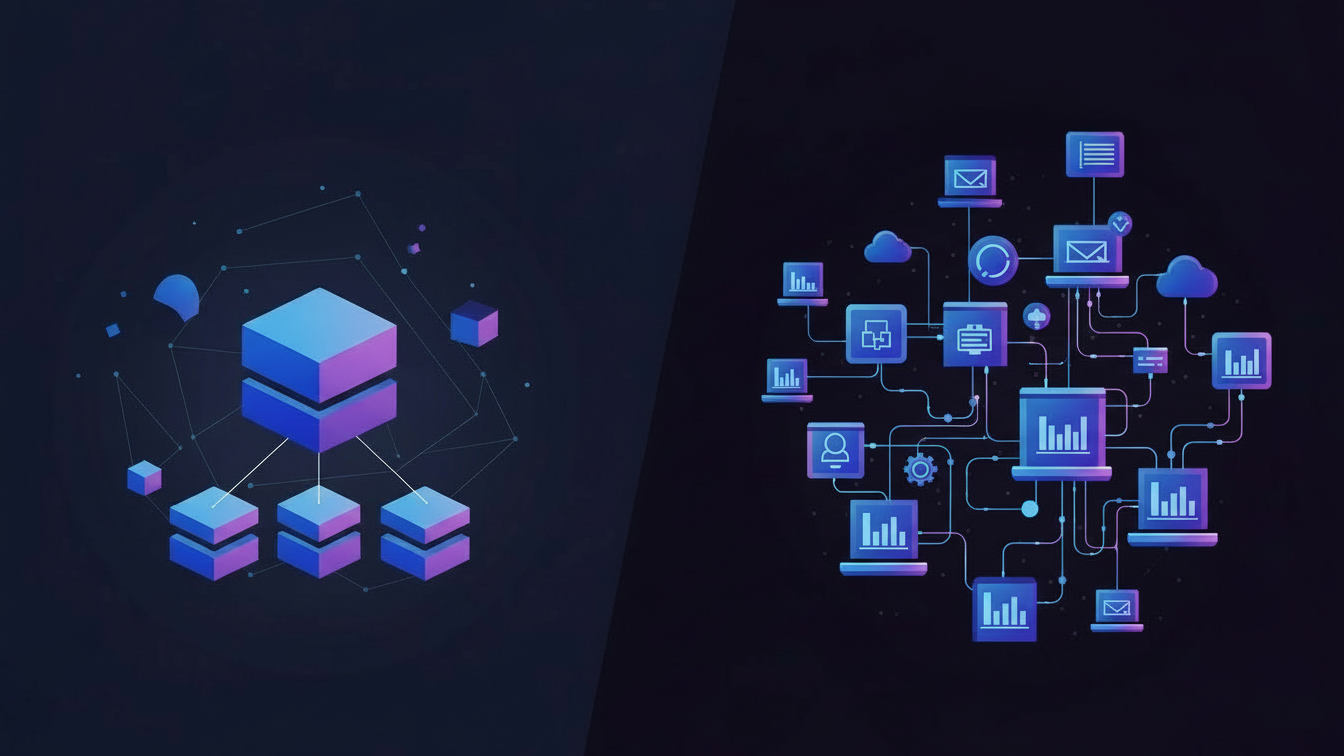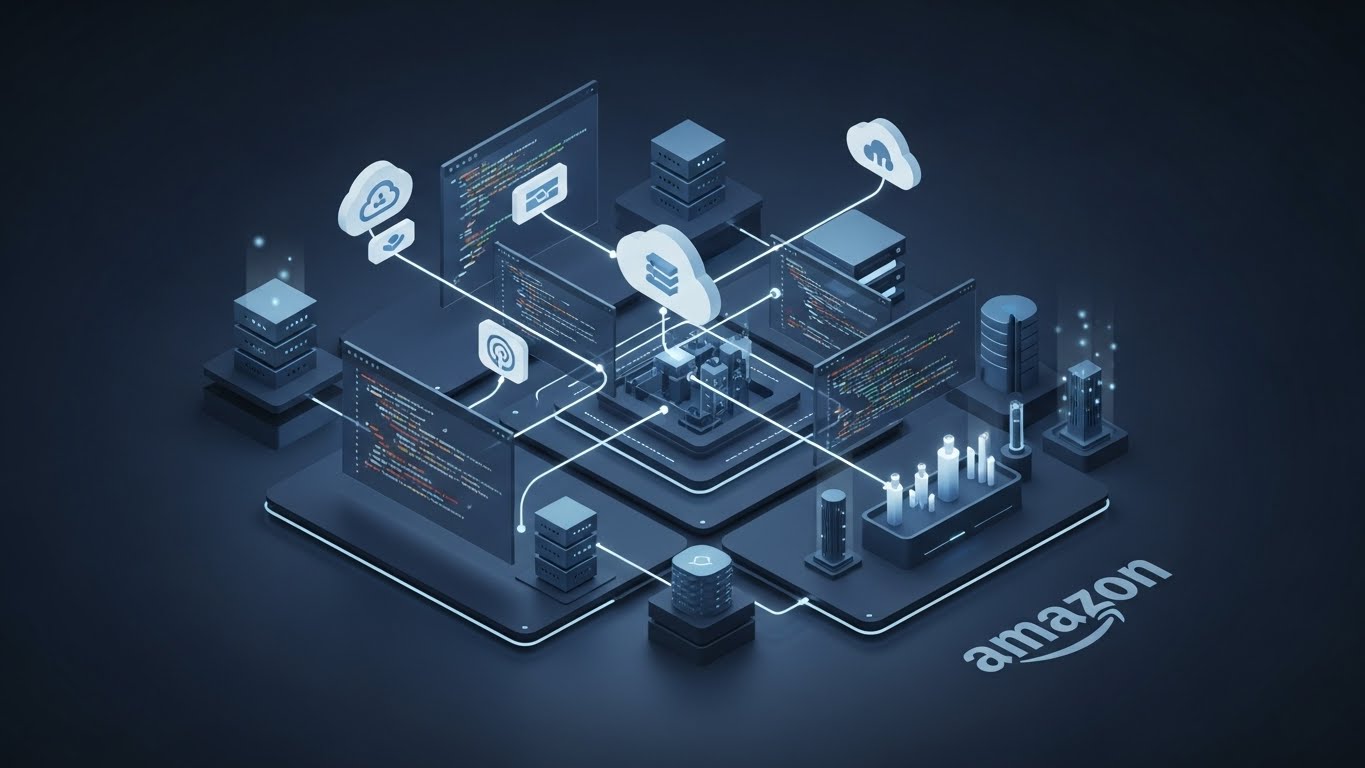Food for thought.
Reflections on some of our cases, research on cutting-edge tech & experienced takes on design, development and business.
Reflections on some of our cases, research on cutting-edge tech & experienced takes on design, development and business.

AI coding agents in 2026 are no longer just autocomplete tools. They plan changes, reason across repositories, and in some cases execute tasks end to end. For engineering teams, the real question is not which agent is the smartest, but which one fits how your team builds, reviews, and ships software. This guide compares the leading AI coding agents through a team-first lens, focusing on autonomy, control, and practical adoption.

AI coding agents are no longer a single category. As agentic capabilities mature, a clear divide has emerged between what works best for small, fast moving teams and what is required in enterprise engineering environments. The same level of autonomy that accelerates a startup can introduce risk, friction, or governance challenges at scale. This article compares AI coding agents through that lens, focusing on how different tools align with the realities of small teams versus enterprise organizations.

The launch of Devin by Cognition AI reshaped how the market understands autonomous software development. Instead of assisting developers line by line, Devin positioned itself as an AI coding agent capable of planning, executing, debugging, and iterating across an entire codebase with minimal human input. As interest grew, a common search pattern emerged around AI coding agents similar to Devin. The challenge is that not every tool marketed as an agent actually operates at the same level of autonomy. This article breaks down what truly makes an AI coding agent comparable to Devin and which real alternatives come closest, depending on how teams actually work.

Amazon Q Developer is AWS’s AI powered assistant designed to help developers build, debug, and operate software across cloud native and enterprise environments. Positioned as a deeply integrated companion for AWS services, it focuses on accelerating development tasks while maintaining strong governance, security, and organizational context. This article explains what Amazon Q Developer is, how it works in practice, and when it is the right choice compared to other AI coding assistants.